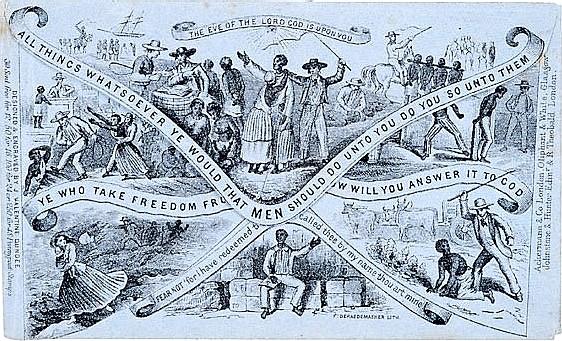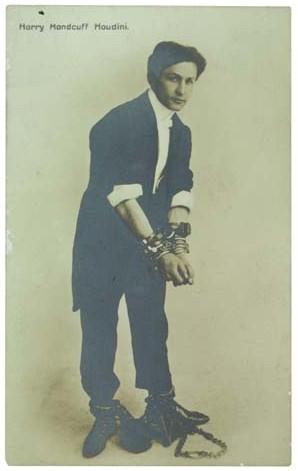…a continuation of Origins of Postcards
Uniform Postal Rate
In 1840, British Postal authorities inadvertently paved the way for the widespread use of postcards with the Uniform Postal Rate. For one penny, it was now possible to contact friends and relatives anywhere within the realm. Before this time, postage was charged for the envelope as well as its contents. Envelopes became highly decorated, and included illustrations of historic events, domestic scenes, and travelscapes.
Postcards for Businesses
By 1868 or so, business began using postcards to announce their wares as well as inform store owners of upcoming salesman visits. There is serious debate as to the identity of the inventor of the first non-commercial postcard. Some say it was Dr. Heinrich von Stephan, a post office official from Germany. Others claim they were introduced by Dr. Emanuel Hermann of Vienna. Regardless of the name of the actual inventor, postcards changed the nature of domestic communication. Limited space made florid speeches impractical, and lengthy endearments and descriptions gave way to brevity.
Postcards for the Masses
The popularity of the postcard seems to have coincided with the growth of the foreign travel industry on the continent. For the first time, travel was within the reach of those of moderate means, thanks to companies like Thomas Cook & Son, who developed and organized affordable tours to exotic locations such as Egypt and the Middle East. These companies printed their own postcards, and were highly popular with tour participants.
One of the earliest full color postcards was a Christmas Greeting printed in 1870 in England, which lead to New Years and other holiday greetings, and comic cards.
The Postcard Craze
By 1898 the postcard trade was booming. Not only were they used by travelers and well wishers, postcards were an important means of communication in the days before widespread availability of telephones. A visitor might send his host a half-penny card informing him of plans for an upcoming visit for afternoon tea. The picture postcard was the most popular, and huge quantities have survived. People told each other to “Drop me a card” the same way that people today say “give me a call.” The Victorians brought postcard collecting to a high art, with the head Victorian, Queen Victoria herself an avid collector (as the Queen, she had people to do her actual collecting, but enjoyed perusing the albums none the less). The most beautiful and highest quality cards were still printed in Germany, but every country had their manufacturers, and were produced in every conceivable material including wood, and decorated with fabric, feathers, thread, and even real hair. Although every county had its cards, themes were universal; royalty, patriotic and holiday themes, and especially beautiful women, with or without revealing clothing.
Real Photo Cards
Real photo postcards appeared on the scene as early as 1900, and are still in use today. Popular subjects included current events, armies, street scenes, modes of transportation, special events, fairs and festivals, celebrities, royalty and world leaders at work or play, disasters such as floods or plane crashes, and of course, beautiful women. Especially popular with collectors were photos of stage and theater stars. Real photos, especially those produced in limited quantities command the highest prices of all collectible postcards, although sometimes their value tends to be regional. Content also affects value. A sad truth is that a real photo postcard of a Klu Klux Klan lynching would command a higher price than a real photo card of, say Hamilton Avenue in Glen Ridge, New Jersey.
-By p4A Contributing Editor Susan Cramer.
Reference & Further Recommended Reading:
To search the Prices4Antiques antiques reference database for valuation information on hundreds of thousands of antiques and fine art visit our homepage www.prices4antiques.com







No comments
Comments feed for this article
Trackback link: https://www.prices4antiques.com/blog/19th-century-postcards/trackback/